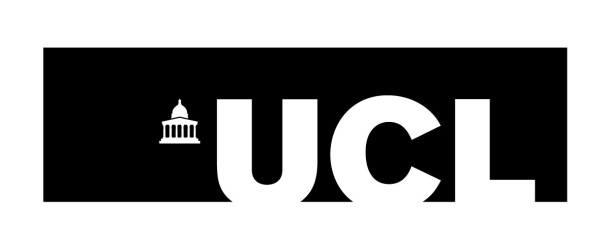Quantum Sensors in the Diagnosis & Treatment of Atrial Fibrillation

(ScienceDaily) A team at Medical College London is researching an array of their quantum sensors that can be placed over the heart, giving readings for the diagnosis and treatment of atrial fibrillation.
Currently, AF is commonly diagnosed using an electrocardiogram (ECG), but this can only be done during an episode, so complementary means of diagnosis are needed. AF is treated through a surgical procedure called ‘catheter ablation’, which carefully destroys the diseased area of the heart to interrupt abnormal electrical circuits. In 50% of cases, patients require further treatment.
Testing of the UCL-developed technology shows it can successfully image the conductivity of solutions mimicking biological tissues and therefore, could be used to diagnose AF and identify areas of the heart where surgery should be targeted. It would work by mapping the electrical conductivity of the heart in 2D to identifying anomalies where the heart is misfiring.
The signal was detected using Rubidium-based quantum sensors, which the team developed specifically to image small volumes accurately and consistently over a several days, with areas of brightness indicating high conductivity.
Being able to detect conductivity at less than one Siemens per metre is an improvement of 50 times on previous imaging results and demonstrates that the technique is sensitive and stable enough to be used to image biological tissues in an unshielded environment.
“Surgery to treat atrial fibrillation effectively cuts the wires to prevent a short circuit in the heart, resetting the irregular heartbeat to a normal one, and our technology would help to identify where the short circuit is. While not available in the clinic yet, we’ve shown, for the first time, that it is possible to map the conductivity of live tissues in small volumes to an unprecedented level of sensitivity and at room temperature.”



















